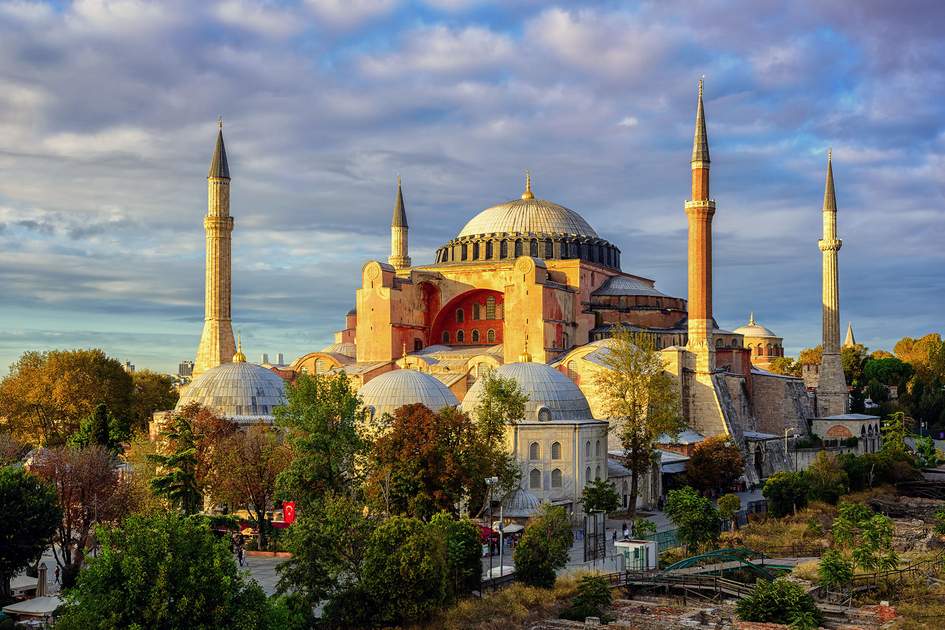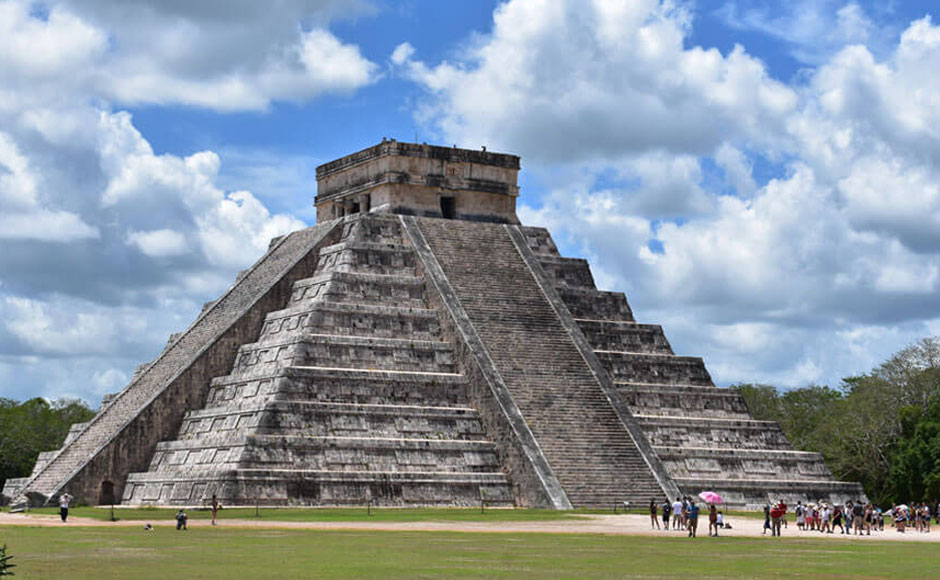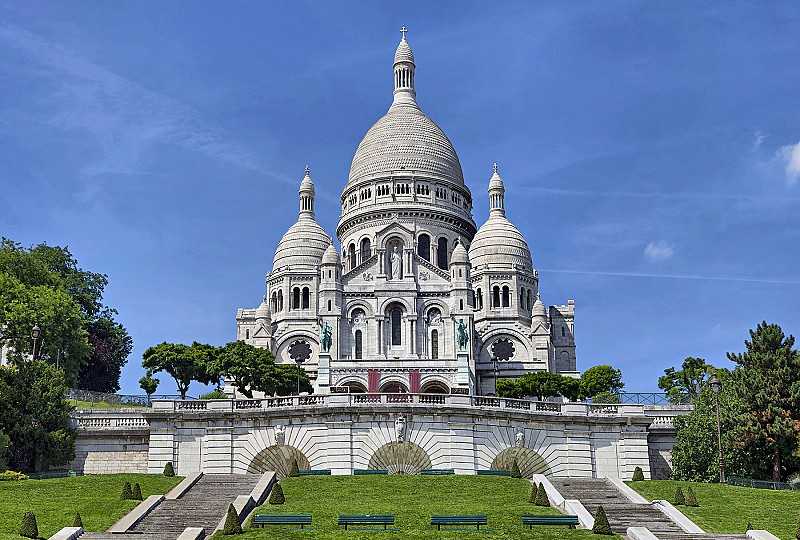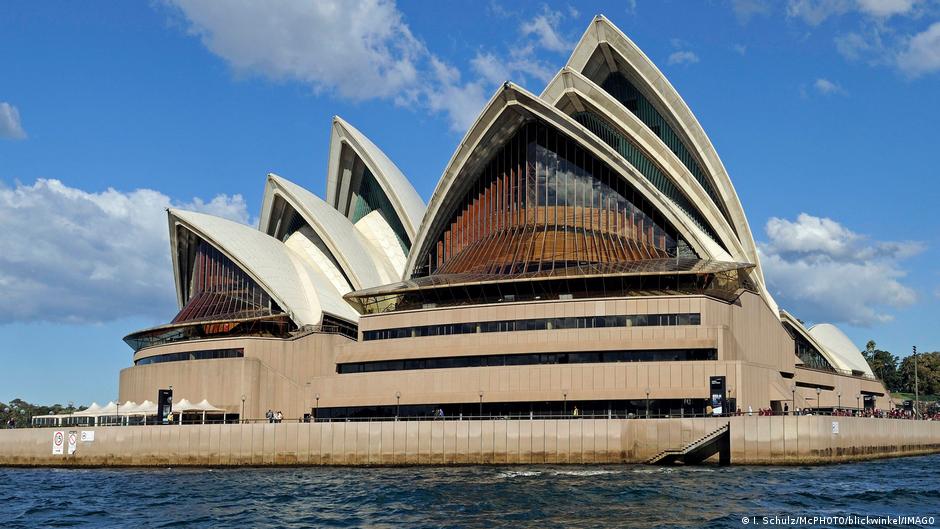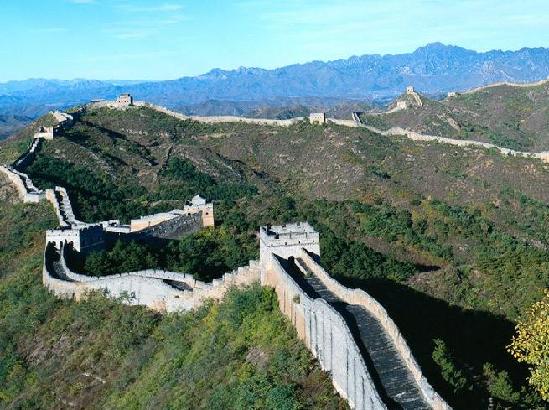Hagia Sophia, officially the Hagia Sophia Grand Mosque is a mosque in Istanbul, Turkey.
Originally built by the eastern Roman emperor Justinian I as the Christian cathedral of Constantinople for the state church of the Roman Empire between 532 and 537, it was formally called the Church of the Holy Wisdom and was then the world’s largest interior space and among the first to employ a full pendentive dome. It is considered the epitome of Byzantine architecture and is said to have “changed the history of architecture”. The present Justinianic building was the third church of the same name to occupy the site, as the prior one had been destroyed in the Nika riots. As the episcopal see of the ecumenical patriarch of Constantinople, it remained the world’s largest cathedral for nearly a thousand years, until Seville Cathedral was completed in 1520. Beginning with subsequent Byzantine architecture, Hagia Sophia became the paradigmatic Orthodox church form, and its architectural style was emulated by Ottoman mosques a thousand years later. It has been described as “holding a unique position in the Christian world” and as an architectural and cultural icon of Byzantine and Eastern Orthodox civilization.
After the Fall of Constantinople to the Ottoman Empire in 1453, it was converted into a mosque by Mehmed the Conqueror and became the principal mosque of Istanbul until the 1616 construction of the Sultan Ahmed Mosque. Upon its conversion, the bells, altar, iconostasis, ambo, and baptistery were removed, while iconography, such as the mosaic depictions of Jesus, Mary, Christian saints, and angels were removed or plastered over. Islamic architectural additions included four minarets, a minbar, and a mihrab.
The complex remained a mosque until 1931 when it was closed to the public for four years. It was re-opened in 1935 as a museum under the secular Republic of Turkey.
In July 2020, the Council of State annulled the 1934 decision to establish the museum, and the Hagia Sophia was reclassified as a mosque. The 1934 decree was ruled to be unlawful under both Ottoman and Turkish law as Hagia Sophia’s waqf, endowed by Sultan Mehmed, had designated the site a mosque; proponents of the decision argued the Hagia Sophia was the personal property of the sultan.
(Source: Wikipedia)
More World Tour and Places
More from Bright Star

